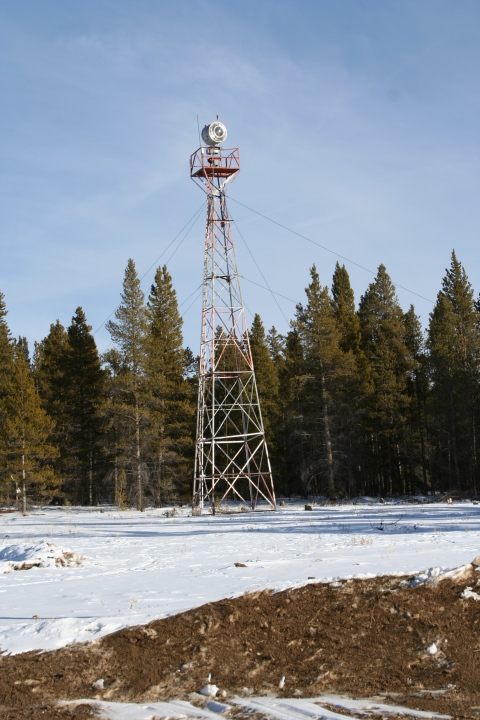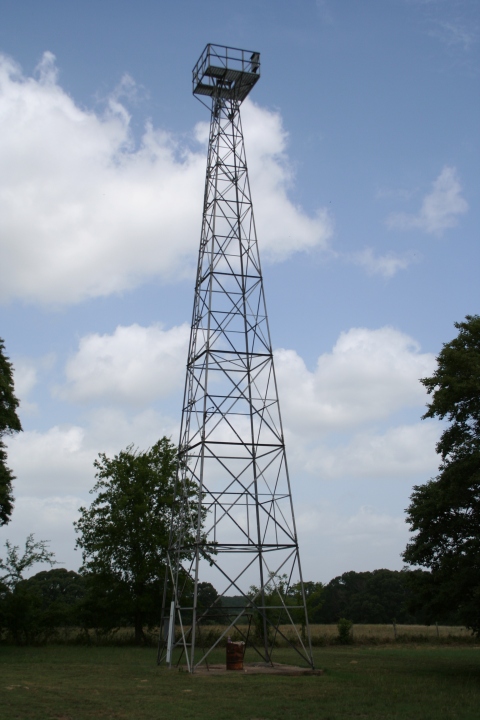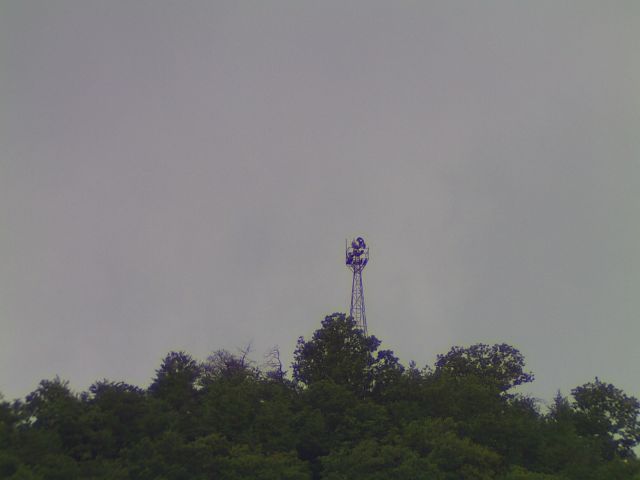Existing Airway Beacons
Here are some photos of existing airway beacons, contributed by Dick Merrill.
The Leadville beacon is on the grounds of the Leadville airport and was probably part of the airway beacon system. It is identical to an airway beacon except for the green lens. (Airway beacons were white on both sides while airport beacons are white and green.)
The Longview beacon is in the yard of a farm off of Highway 59 just north of Longview, Texas. The light is gone, but the tower is all intact.
The last photo is of Beacon 23 near Kingsport, Tennessee on Chimney Top Mountain. It can be seen from I-81 but it is not obvious; binoculars help.


